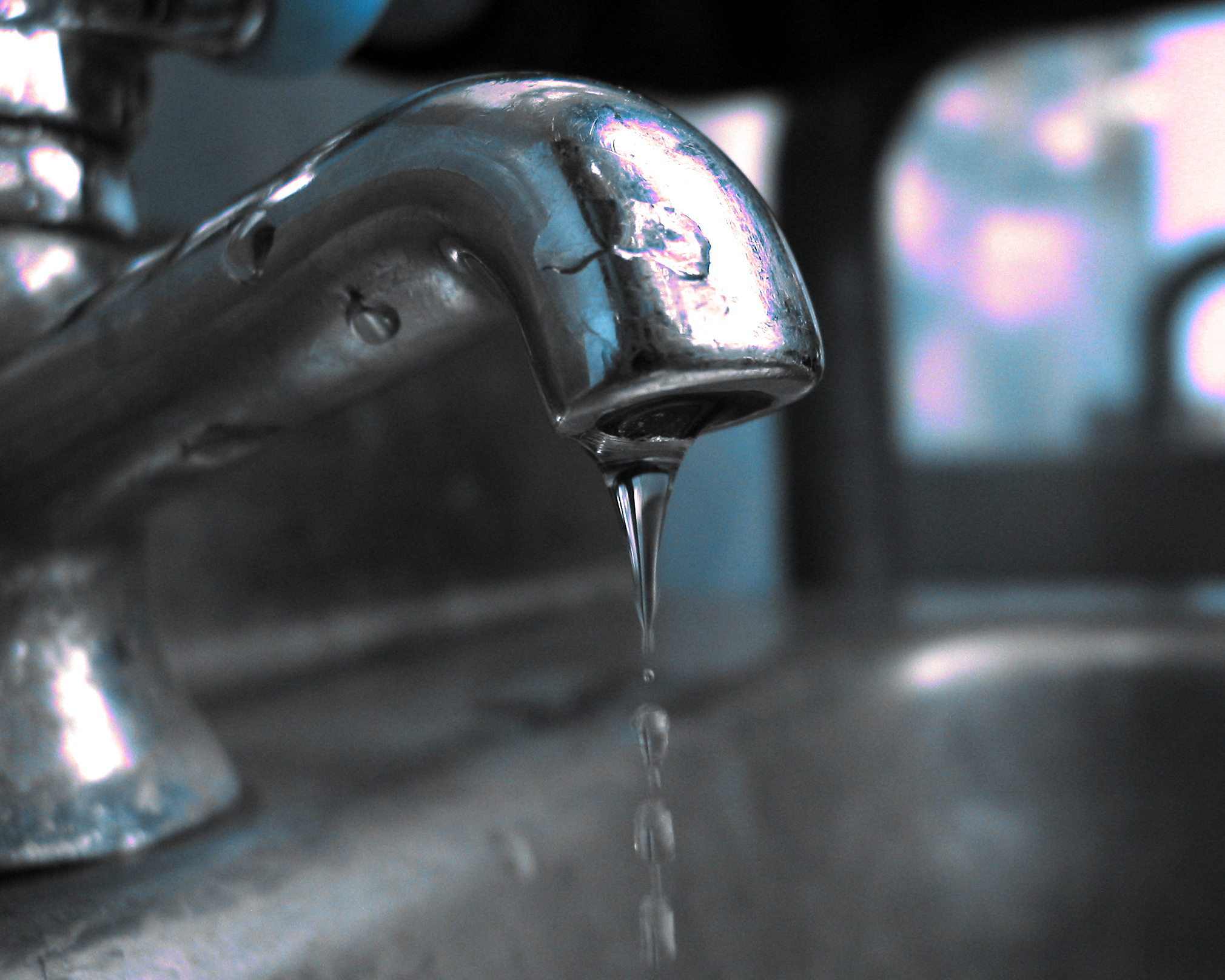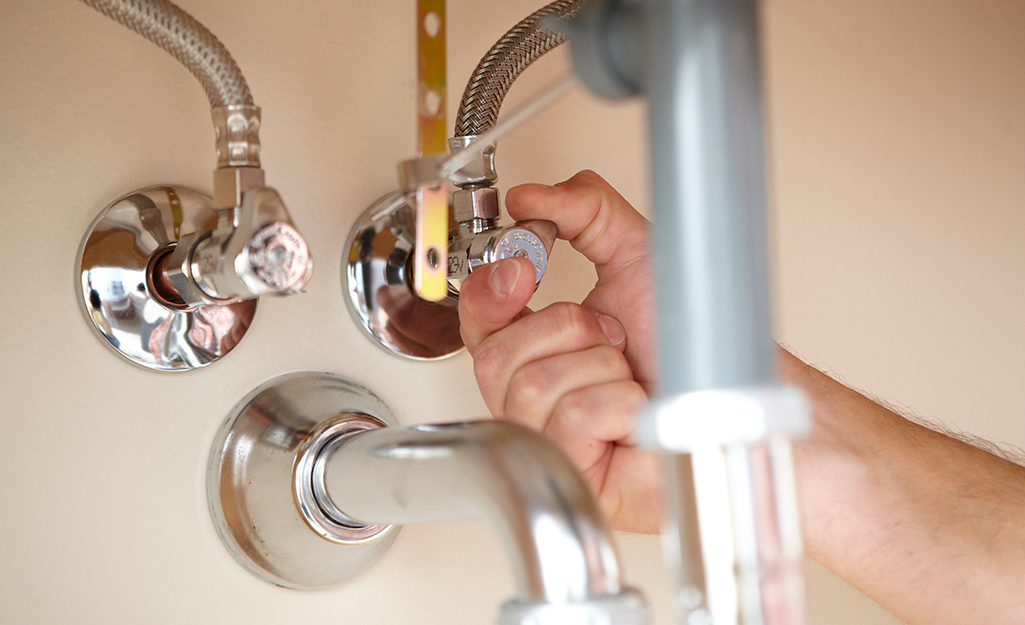Learning the Importance of Dealing with a Dripping Faucet
Learning the Importance of Dealing with a Dripping Faucet
Blog Article
Here down the page you will discover a bunch of extremely good facts relating to Should I Repair or Replace a Leaky Faucet?.

Dripping faucets might look like a small inconvenience, however their influence exceeds just the aggravation of the audio. From wasting water to incurring unneeded financial expenses and health dangers, neglecting a dripping faucet can result in numerous effects. In this post, we'll delve into why it's critical to resolve this typical house problem without delay and effectively.
Waste of Water
Environmental Impact
Dripping taps contribute significantly to water wastage. According to the Epa (EPA), a single faucet leaking at one drip per secondly can squander greater than 3,000 gallons of water each year. This not only strains water sources but likewise influences communities and wildlife based on them.
Financial Prices
Raised Water Costs
Beyond the environmental influence, leaking taps can blow up water expenses substantially. The built up wastage in time equates into greater utility costs, which might have been avoided with timely repair services.
Potential Property Damage
Additionally, extended dripping can cause harm to fixtures and surface areas bordering the tap. Water buildup can create discoloration, deterioration, and also architectural concerns if left ignored, leading to extra repair service expenses.
Wellness Problems
Mold and Mold Growth
The constant presence of wetness from a trickling tap produces an optimal atmosphere for mold and mildew and mold development. These fungis not only jeopardize indoor air high quality however likewise pose health and wellness risks, specifically for individuals with respiratory system conditions or allergies.
Waterborne Conditions
Stagnant water in trickling faucets can end up being a breeding ground for germs and various other virus, enhancing the threat of waterborne diseases. Pollutants such as Legionella bacteria prosper in stagnant water, potentially causing severe ailments when ingested or inhaled.
Do it yourself vs. Expert Repair work
Advantages and disadvantages of DIY Repair Service
While some may try to deal with a trickling faucet themselves, do it yourself fixings feature their very own collection of difficulties. Without correct expertise and devices, do it yourself efforts can exacerbate the concern or cause incomplete repairs, lengthening the trouble.
Benefits of Hiring a Specialist Plumber
Hiring an expert plumber guarantees that the underlying root cause of the dripping tap is dealt with successfully. Plumbing technicians possess the know-how and equipment to identify and repair faucet problems efficiently, saving time and reducing the risk of further damages.
Step-by-Step Guide to Fixing a Dripping Faucet
Devices Needed
Prior to trying to repair a dripping faucet, gather the necessary devices, including a flexible wrench, screwdrivers, replacement components (such as washers or cartridges), and plumber's tape.
Common Faucet Issues and Their Solutions
Determine the kind of tap and the details issue creating the drip. Typical problems consist of damaged washers, corroded shutoff seats, or defective O-rings. Describe maker instructions or on the internet tutorials for detailed guidance on repair work.
Preventive Measures
Regular Upkeep Tips
To stop trickling taps, do routine maintenance such as cleansing aerators, evaluating for leakages, and replacing worn-out components immediately. Additionally, consider installing water-saving tools or updating to extra reliable components.
Importance of Prompt Fixes
Dealing with leaking taps as soon as they're discovered stops more water wastage and prospective damages, inevitably conserving both water and cash in the future.
Influence On Property Value
Perception of Well-Maintained Home
Preserving a property in good condition, consisting of addressing upkeep concerns like trickling faucets, enhances its viewed value and desirability among potential buyers or lessees.
Impact on Resale Value
Qualities with well-kept plumbing fixtures, consisting of faucets, command higher resale worths in the real estate market. Addressing leaking taps can add to a positive impression throughout residential property evaluations and settlements.
Environmental Duty
Specific Contribution to Conservation
Taking responsibility for fixing dripping taps aligns with more comprehensive efforts towards water conservation and environmental sustainability. Every person's actions jointly make a significant influence on preserving priceless sources.
Sustainable Living Practices
By prioritizing punctual repair services and adopting water-saving behaviors, people contribute to sustainable living methods that benefit both existing and future generations.
Final thought
Dealing with a trickling faucet surpasses mere ease; it's a crucial action towards preserving water, minimizing economic expenses, and guarding health and residential or commercial property. Whether via DIY repair services or expert support, doing something about it to deal with dripping taps is a little yet impactful way to promote accountable stewardship of sources and contribute to a healthier, much more sustainable future.
How to Fix a Dripping or Leaky Faucet
A leaking faucet is one of the most common problems that homeowners encounter, but it being commonplace doesn’t make it any less annoying. The constant drip drip drip of a leaking bathtub faucet, showerhead, or sink tap can disturb your home’s serenity. Left neglected, a dripping faucet can also result in higher water bills and discoloration or mold growth in your sink or plumbing fixtures.
Fortunately, you don’t have to be a trained plumber to know how to stop a dripping faucet. With some basic tools, replacement parts, and a little patience, leaky faucet repair is a breeze. In this article, we’ll explain what causes dripping faucets and how you can fix them.
What Causes a Leaking Faucet?
Kitchen and bathroom faucets come in all manner of designs, but most involve some combination of valves, O-rings, seals, and washers. The O-ring is usually the weakest link, but any one of these pieces can wear down over time. Heat, moisture, temperature fluctuations, minerals, mold, and movement can contribute to warping and corrosion, breaking the watertight seal. This just comes with the territory of being a homeowner. Everything is always subject to wear and tear, and some component parts of your appliances and fixtures need to be replaced on occasion. At least replacement O-rings are cheap!
More rarely, dripping faucets can be a symptom of excessively high water pressure. Were this the case in your home, you would probably notice that the leak is not isolated to one faucet. Water pressure issues are harder to resolve on your own. We recommend contacting a professional plumber if you suspect your water pressure is too high.
How to Fix a Dripping Faucet
Pipe wrench or monkey wrench Allen wrench set Screwdrivers Old towel or rag Shut off the water.
Before you do anything, you need to turn off the water to keep from drenching your kitchen or bathroom. You should find a valve under the sink and against the wall. Once you’ve turned this valve, try turning the faucet on to confirm that the water source has been cut off.
If you can’t locate your local valve for the faucet you’re working on, you can always shut off the water to the house at the main valve. Of course, this will prohibit anyone from using the sinks, showers, or toilets while you’re working on the faucet that’s giving you trouble.
Plug or block the drain.
You’ll be disassembling the faucet and removing some small bits of hardware. Plug the drain with a stopper or rag to avoid the possibility of a small screw falling into your P-trap.
Take apart the faucet assembly.
There are several varieties of kitchen and bathroom faucets, each with its own manner of assembly. For detailed instructions on how to disassemble your faucet, you can refer to the fixture’s manual or contact the manufacturer. If you know whether you have a ball, disc, cartridge, or compression faucet, you can find detailed schematics online.
In general, you need to begin by removing the faucet handles. You might notice a small screw that you’ll need to remove with a screwdriver or Allen wrench. If you don’t see any visible securing hardware, it’s likely hidden under a decorative cap that can be unscrewed or popped off with flathead screwdriver.
Remove each piece methodically, consulting a schematic when necessary. Take notes or arrange the pieces in such a way to make it easier to correctly reassemble the faucet later.
Remove the cartridge.
Once you’ve removed the handles and securing hardware, you should be able to remove the valve cartridge or stem. Some cartridges will slide right out. Other faucet models will require you to loosen a nut with a pipe wrench before you can remove the valve stem.
Examine the exposed hardware.
With the cartridge or stem removed, inspect the component parts. Check the rubber O-rings for wear and tear. Also examine the seat washer for corrosion or other damage. These pieces are usually the responsible parties for a dripping faucet, but it’s worth inspecting the other component parts while you have the faucet disassembled.
Find replacement parts.
Once you’ve identified which faucet component has failed, find an identical replacement. Your local hardware store should have O-rings, seat washers, and other standard components in stock. If you have a luxury or uncommon faucet, you may have to contact the manufacturer for a replacement part.
It’s a good idea to take your old parts with you to the hardware store so you can compare them with the store’s inventory and be sure you’re purchasing the correct replacement.
Reassemble the faucet.
With your new parts in hand, reconstruct the faucet and handles. Don’t be tempted to overtighten screws or nuts. You might think this could create a better seal, but it can instead damage or bend a delicate part of the assembly and create a new problem for you.
Turn on the water and test the faucet.
The only thing left to do is test your work. Unplug the sink, turn the water back on, and try the faucet. Congratulate yourself on a job well done!
https://www.libertyhomeguard.com/how-to-fix-a-dripping-or-leaky-faucet/

I stumbled upon that piece of writing about How to Fix a Dripping or Leaky Faucet while doing a search on the internet. Are you aware of somebody else who is enthusiastic about the subject? Feel free to promote it. Thanks a lot for your time spent reading it.
Report this page